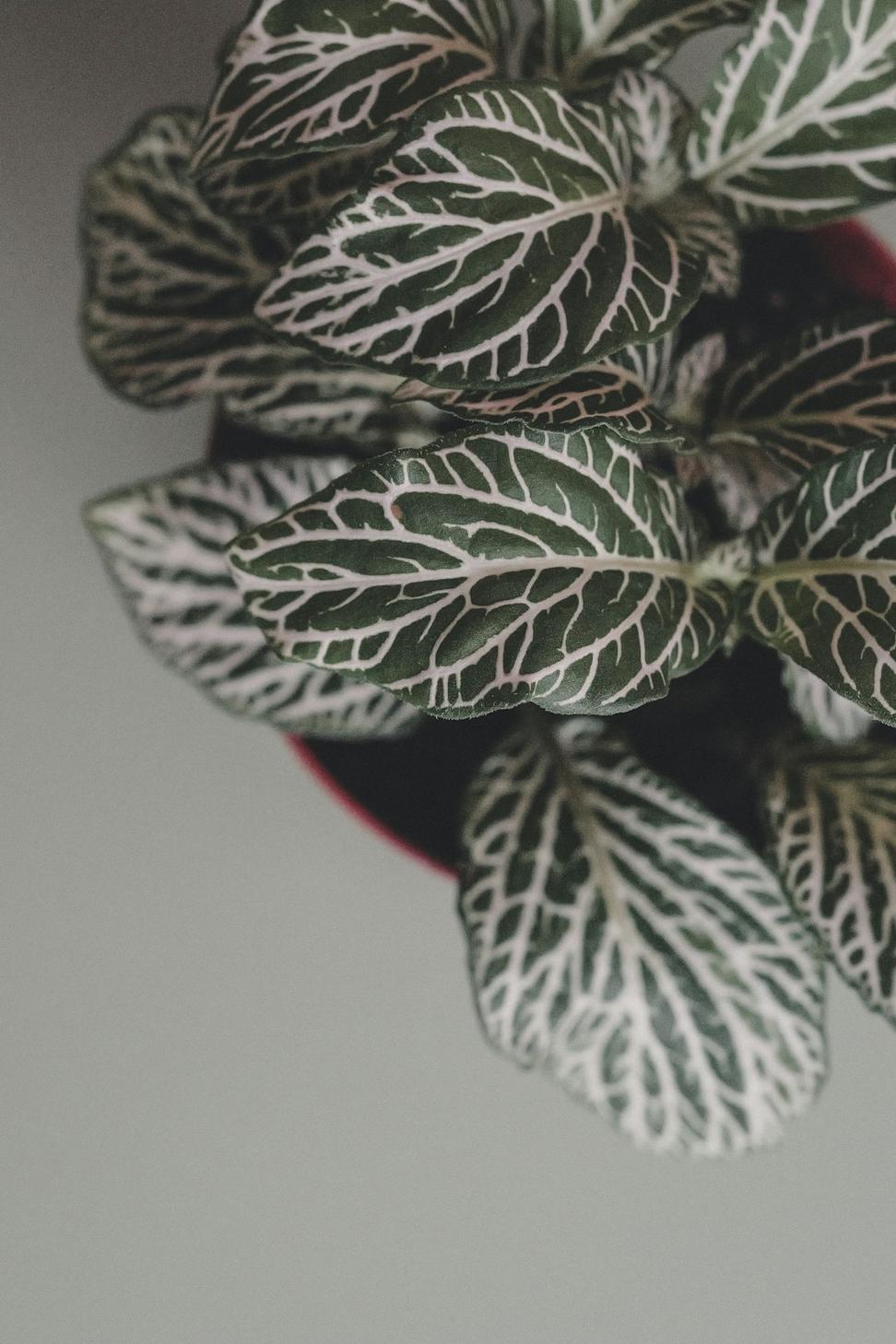
Building With Purpose
We're not just chasing certifications - we're actually trying to leave this place better than we found it
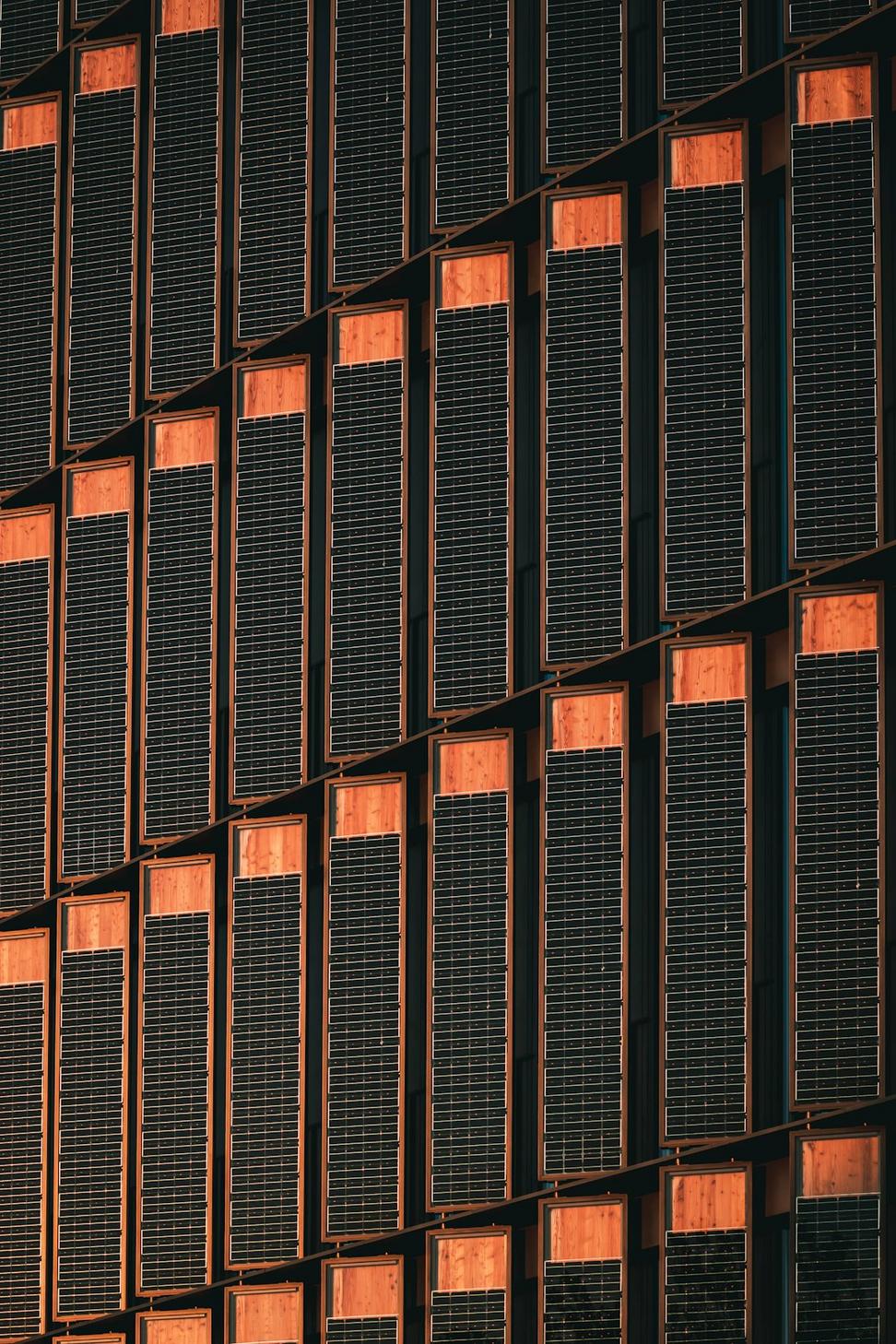
Look, we've been doing this sustainability thing since before it was cool. Started back in 2009 when people thought solar panels were just for hippies and energy modeling was some kind of dark magic.
Here's what we learned: sustainable design isn't about slapping some bamboo flooring down and calling it a day. It's about understanding how buildings actually breathe, how people move through spaces, and yeah - how to keep your utility bills from making you cry.
We've watched green building evolve from a niche thing to... well, the only responsible way to build. And honestly? It makes our work more interesting. There's something deeply satisfying about designing a building that'll perform beautifully for decades.
Numbers don't lie - here's what we've managed to achieve across our projects in the past five years
Average Energy Reduction vs. Standard Code
Water Consumption Decrease Through Smart Design
Tonnes of CO2 Offset Annually
Construction Waste Diverted from Landfills
We're kinda obsessed with where stuff comes from. About 78% of our materials now come from within 800km - keeps transport emissions down and supports local suppliers.
Plus local mills actually pick up the phone when you call them, which is nice.
83% of our projects now include some form of renewable energy - mostly solar, but we've done geothermal, heat pumps, and even a small wind setup for a rural property.
That wind turbine project taught us a lot about municipal permits, let's just say that.
Rainwater harvesting, greywater systems, native landscaping that doesn't need constant watering - we've gotten pretty good at making every drop count.
Vancouver gets plenty of rain, might as well use it smartly.
We've got the paperwork to back up what we do, but honestly, the real proof is in buildings that perform year after year.
Multiple team members certified since 2011
Designed 4 certified passive houses to date
Currently pursuing on a commercial project
17 Gold-rated projects completed
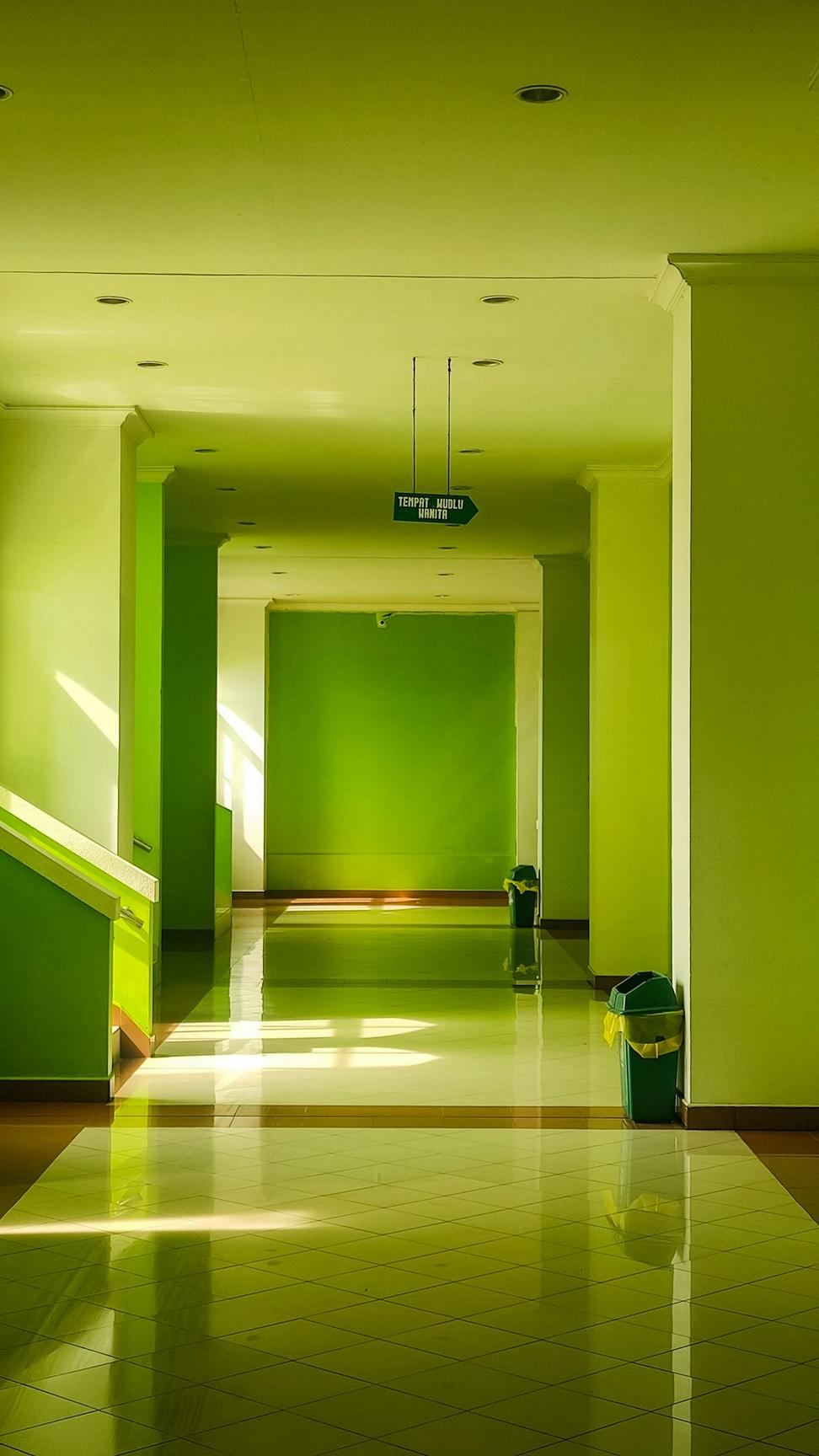
Our process isn't magic - it's just paying attention to details that matter
Before we draw a single line, we spend time on-site. Sun patterns, wind flow, existing vegetation, soil conditions - it all matters. Had a project once where we repositioned the building 12 feet to save a 60-year-old Douglas Fir. Best decision we made.
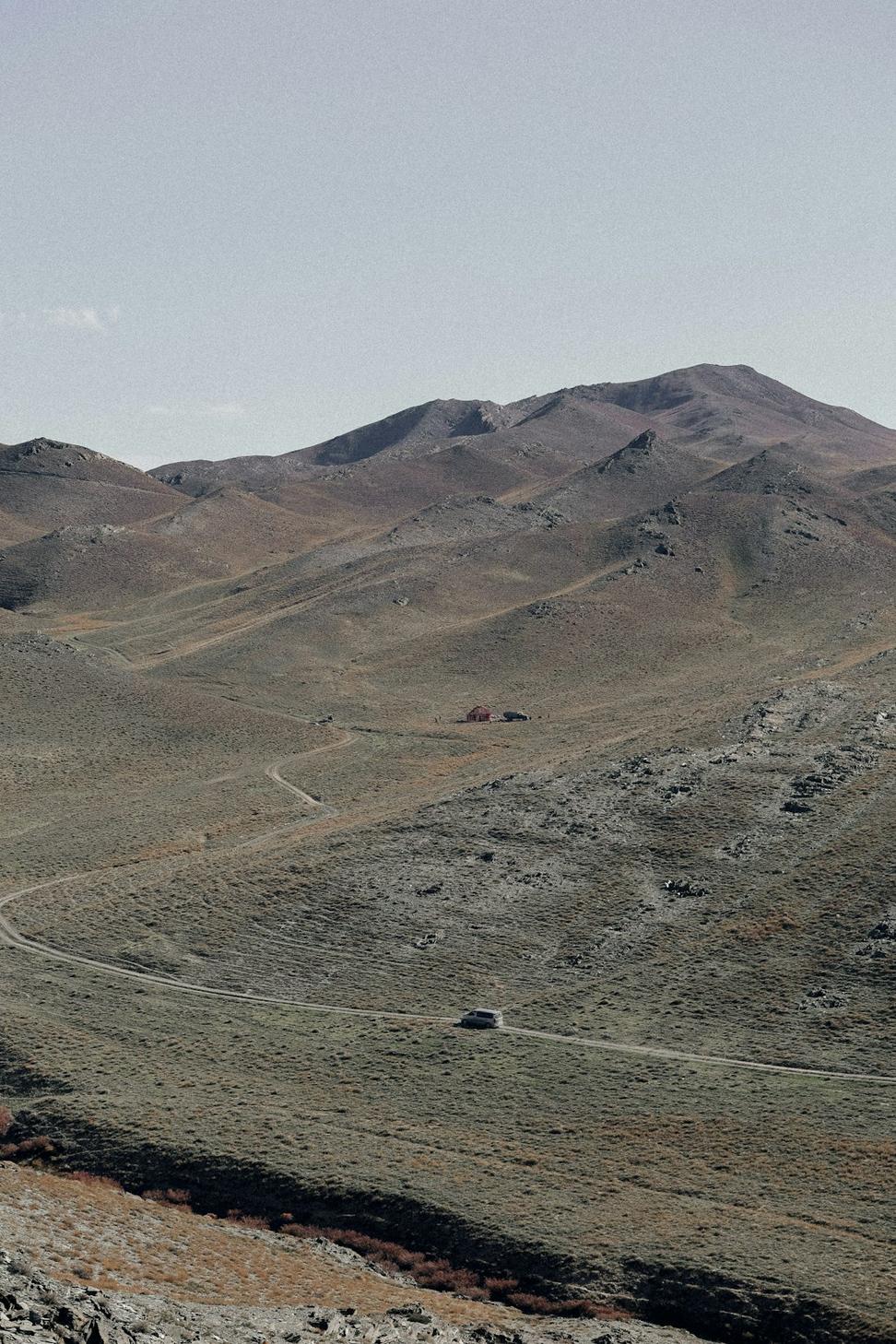
We run simulations early and often. It's how we figure out if that extra insulation is worth it or if adjusting window placement will actually make a difference. Sometimes the software tells us our initial idea was terrible - and that's exactly why we use it.
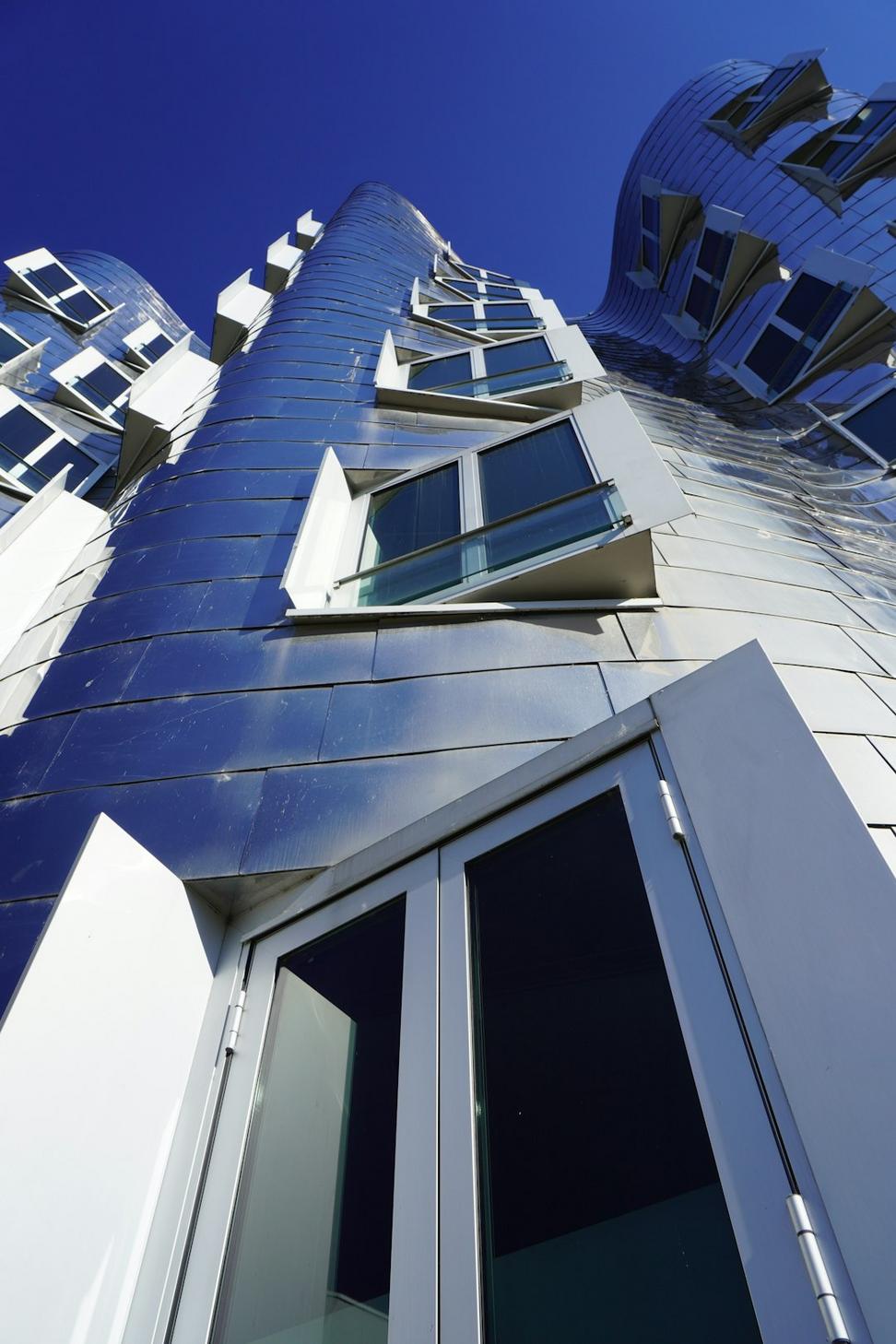
We've built relationships with suppliers who get what we're trying to do. Low-VOC finishes, FSC-certified wood, recycled content - but also stuff that'll actually last. No point in using a "green" material if it needs replacing in five years.
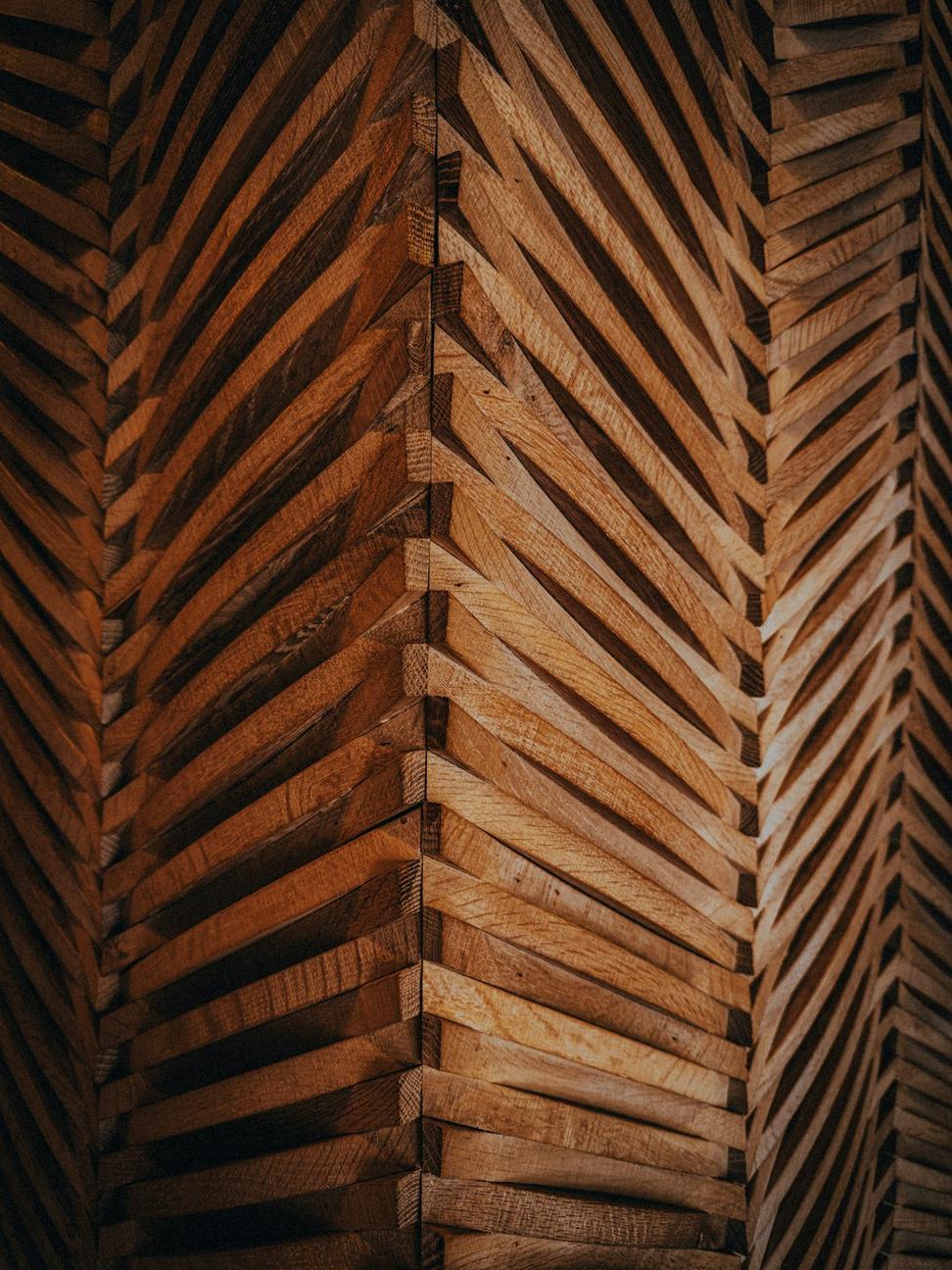
Here's something most firms don't do - we check back in a year later. Are the systems performing? Are the occupants comfortable? Sometimes we find stuff that needs tweaking, and that's invaluable data for the next project.
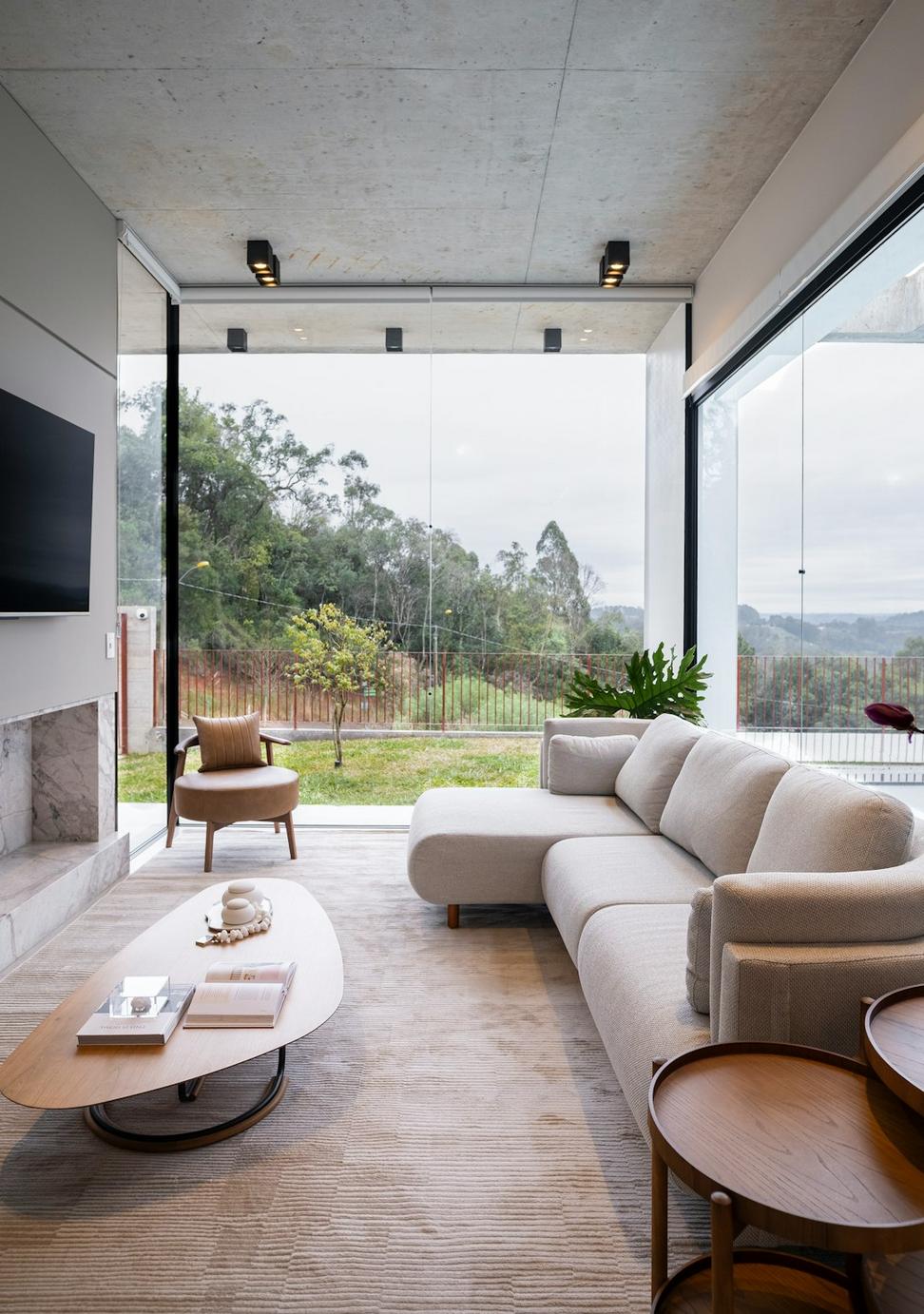
We're currently experimenting with mass timber construction - it's wild how much carbon you can sequester in a building's structure. Also diving deeper into circular design principles, figuring out how buildings can be disassembled and materials reused rather than just demolished someday.
Got our eyes on some emerging tech too - phase-change materials, advanced glazing systems, even some biotech stuff that honestly sounds like science fiction but might actually work.
The building industry's responsible for nearly 40% of global carbon emissions. That's a heavy burden, but also a massive opportunity. Every project we do is a chance to prove that sustainable design isn't just about being less bad - it's about creating spaces that are genuinely better.
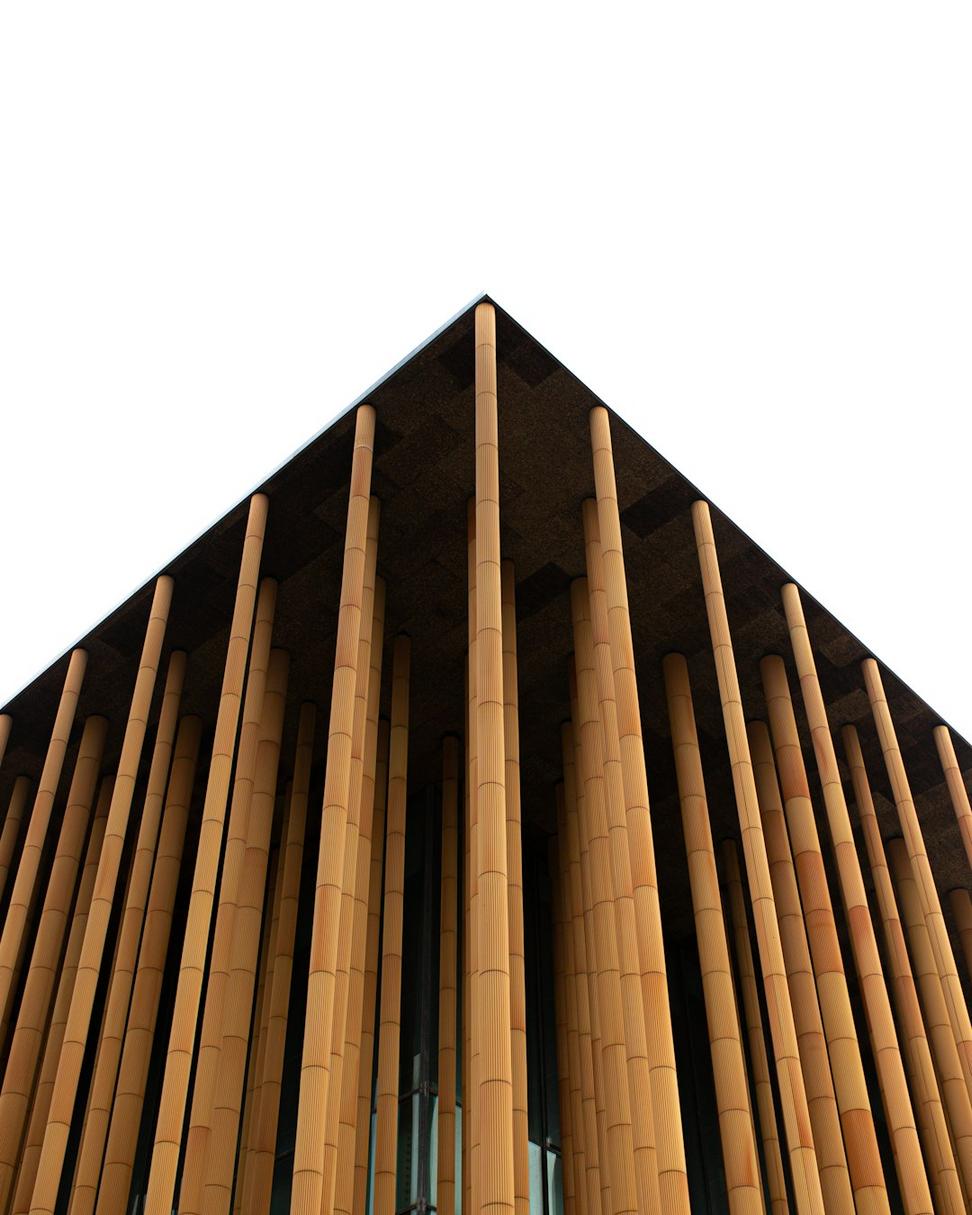
Let's talk about what's actually possible for your project. No greenwashing, no unrealistic promises - just honest conversation about doing better.
Start the Conversation